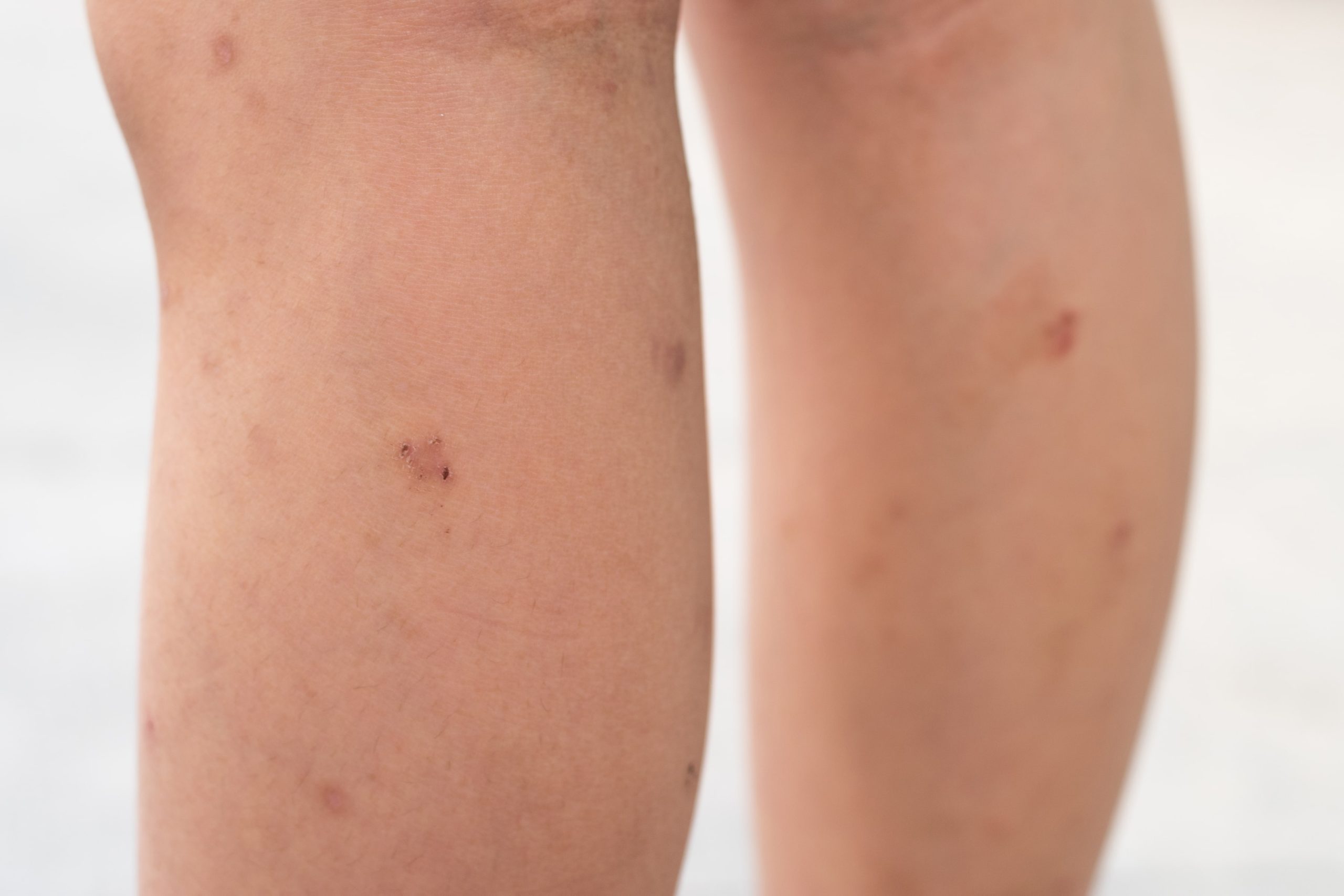Actinic Keratosis is a precancerous lesion of the skin primarily found on the head and neck regions. It is caused by a combination of fair skin and excessive exposure to the sun.
What causes Actinic Keratosis?
In older generations, the lesions are more severe. Many of the Actinic Keratosis cases reflect the lack of sunscreen and skin education that took place during the early to mid 20th century.
With better skin protection practices and more widespread use of sunscreen, the lesions are less common in older adults.
What does Actinic Keratosis look like?
The lesions are characterized by a rough, scaly patch appearing on the skin. Additionally, they can sometimes be lightly pigmented.
However, they are more commonly a flesh color, making these hard to detect with eye sight.
A better way to diagnose Actinic Keratosis is by using touch as they are much rougher than normal skin.
Where is Actinic Keratosis found?
Most commonly, Actinic Keratosis is found on sun exposed areas such as the face, ears, neck, upper chest and arms.
Most cases are found in individuals with Skin Types I & II who have fairer eyes and skin.
People who have Actinic keratoses also have a history of extended sun exposure without any sun protection.
Monitoring any lesions of Actinic Keratosis is important. That’s because 5% of them will lead to a low level squamous cell carcinoma.
If this happens, the skin will require a more invasive surgical treatment.



Comments are closed